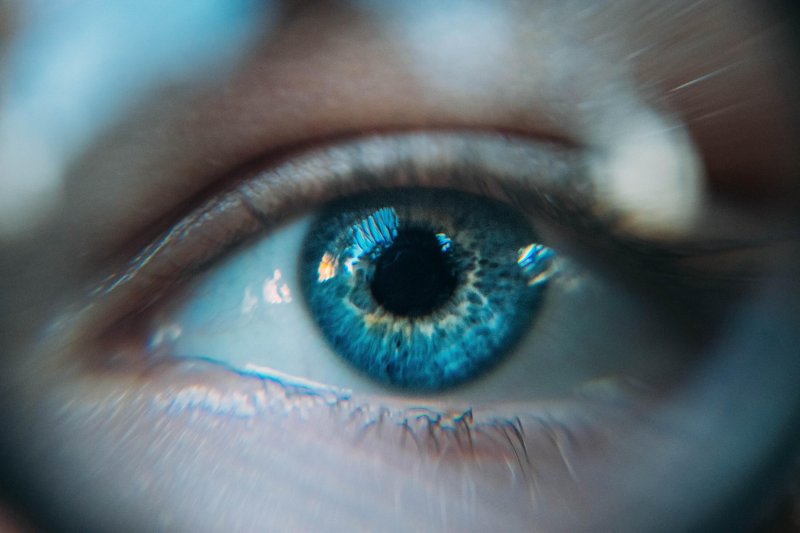The first, published in Cell, used generative networks to evolve DeepDream-like images that hyper-activate complex visual neurons in monkeys. These machine artworks are pure nightmare fuel to the human eye; but together, they revealed a fundamental “visual hieroglyph” that may form a basic rule for how we piece together visual stimuli to process sight into perception.
In the second study, a team used a deep ANN model—one thought to mimic biological vision—to synthesize new patterns tailored to control certain networks of visual neurons in the monkey brain. When directly shown to monkeys, the team found that the machine-generated artworks could reliably activate predicted populations of neurons.
…
The individual results, though fascinating, aren’t necessarily the point. Rather, they illustrate how scientists are now striving to complete the virtuous circle: tapping AI to probe natural intelligence. Vision is only the beginning—the tools can potentially be expanded into other sensory domains. And the more we understand about natural brains, the better we can engineer artificial ones.
Read full, original post: How Researchers Used AI to Better Understand Biological Vision































